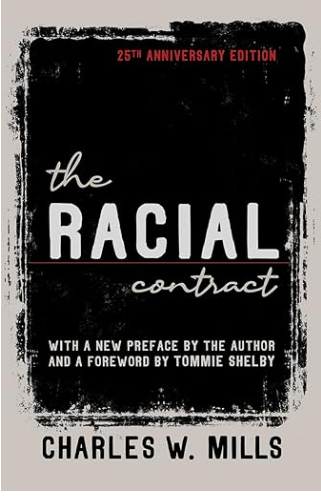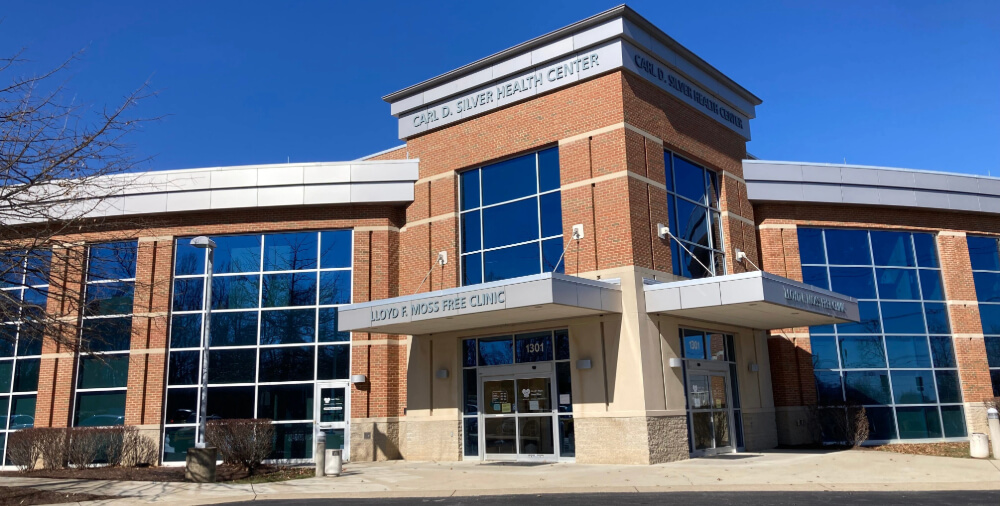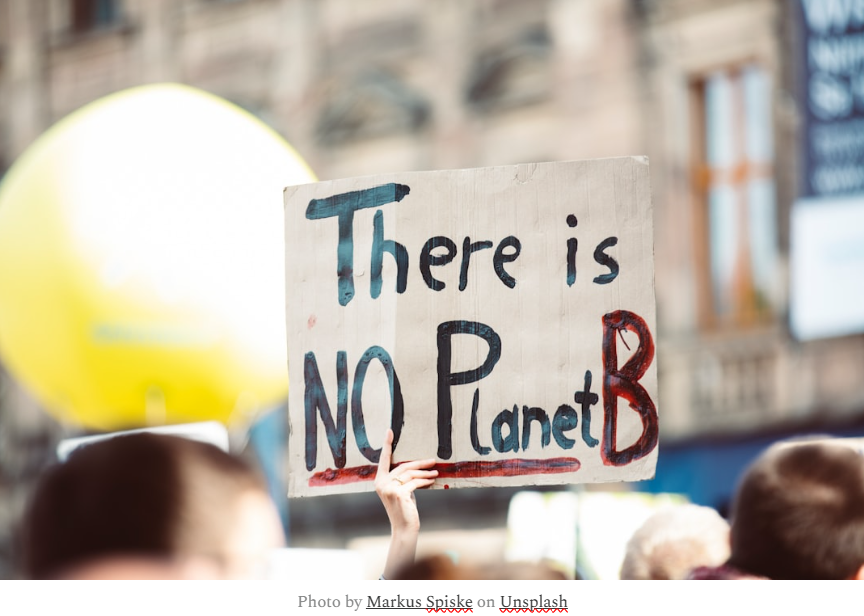
Craig Vasey, a retired University of Mary Washington professor, was in the vanguard of racial theorists in the 1980s – this Black History Month, he reflects on what’s been gained, and lost.
by Craig R. Vasey
GUEST COMMENTATOR
After the Reagan administration was shamed into supporting passage of the Martin Luther King, Jr. Holiday in 1983, here in Virginia from 1984 to 2000, January 15 was called “Lee-Jackson-King Day.” Robert E. Lee, Stonewall Jackson, and Martin Luther King, Jr.—all named (“celebrated” seems too strong a word) together.
I came to Virginia in 1986, my first experience of the South—having grown up in Maryland, Michigan, and Ohio. In 1988, as an Assistant Professor at Mary Washington College, along with a colleague in Psychology, I successfully applied for a $100,000 grant to the State Council on Higher Education in Virginia (SCHEV) to promote the transformation of the college curriculum away from its White bias and Male bias. The grant was called “Race and Gender: The Curriculum Transformation Project.”
It came to be known as “The Race and Gender Project,” and ran from 1988 to 1992. In 1988 the state of Virginia happily and enthusiastically awarded us $100,000 to help educate our college colleagues about “race” and “gender,” and to move higher education in a progressive direction.
Fairly fresh out of graduate school (33 years old), the two of us organized five-week-long summer seminars over four years in which 15 to 20 MWC faculty studied the newly emerging feminist and race-conscious scholarship in all fields—Sociology, Philosophy, Psychology, History, Literary Studies, but also Biology, Art History, and Religious Studies. Several faculty members who had had no exposure to this scholarship because they were of the previous generation, joined our sessions, but younger faculty (who had been exposed to this trend in graduate school) were especially enthusiastic and supportive. It was undeniable that in 1988 the college curriculum was 90% blind to issues of race and gender (the label “LGBT” had not even been coined yet). In 1992, Mary Washington instated a “Race and Gender” requirement as part of its General Education program.
I retired three years ago from UMW, after 35 years of teaching—20 years as Chair of the Department of Classics, Philosophy, and Religion. During that time, I am quite proud to say that I taught courses every semester with content that exposed questions and issues about gender, race, and sexuality—from courses like Introduction to Philosophy, Phenomenology, and Existentialism, to courses like Race and Philosophy, Introduction to Feminism, and Race and Revolution (a First-Year Seminar originally titled James Farmer and the Struggle for Civil Rights). In my last ten years, the label “Critical Race Theory” emerged nationally as a self-description of the work of such theorists as Charles Mills (The Racial Contract) and Cornell West (Race Matters), and of the kind of curriculum we were constructing.
Look where we have fallen back to as a society. Today, 36 years later, people with no understanding of Critical Race Theory are intimidating the rest of the country into being afraid of it, encouraging the banning of books that address the consequences of the hundreds of years of oppression of racial minorities (and the thousands of years of the oppression of women).
Think for a minute, what the phrase “Critical Race Theory” suggests. It suggests that there is a “traditional race theory” and that it is time for it to be challenged by new knowledge.
What is that traditional race theory? It’s the theory held by Europeans (and what are today called “White people”) from the 15th century until the late 20th century, that the color of your skin is a marker of your worth, intelligence, potential, importance, and personhood. It’s the theory behind the fact that the authors of the U.S. Constitution did not consider non-“whites” to be persons; it is the theoretical justification of slavery in America.
“Critical Race Theory” is the label for rethinking our understanding of what “race” is. Washington and Jefferson thought race was a biological fact of superiority or inferiority. Biology has proven since many decades ago that this notion of “race” is a complete myth, false. There are no biological factors that indicate superiority or inferiority of some human beings to others.
So, that raises questions like “What is this thing we’ve been calling ‘race’?” “Is it real?” “Why do we believe in it?” “What does it do to us (to me, to you, to our children) to believe in ‘race’?” “How can we move forward as a society, as humanity, from such a primitive, erroneous, and destructive notion?” “How does a concept that is supposed to be a matter of biology become transformed into a matter of culture?” These are the kinds of questions Critical Race Theory explores; they are the kinds of questions Americans need to learn how to think about.
Of all the work I did over my career as a philosopher, I would say none of it was more important or more significant, than the work on understanding the concept of “race”: its origins, its history, and the necessity of finding a way past the grip it has held our culture in for 400 years.
To better understand both the historical and philosophical insights concerning race, read Charles Mills’ 1997 book, The Racial Contract.






Well done, Dr. Vasey. And thank you for your decades of work on these issues.
Excellent piece and thank you, Dr. Vasey.